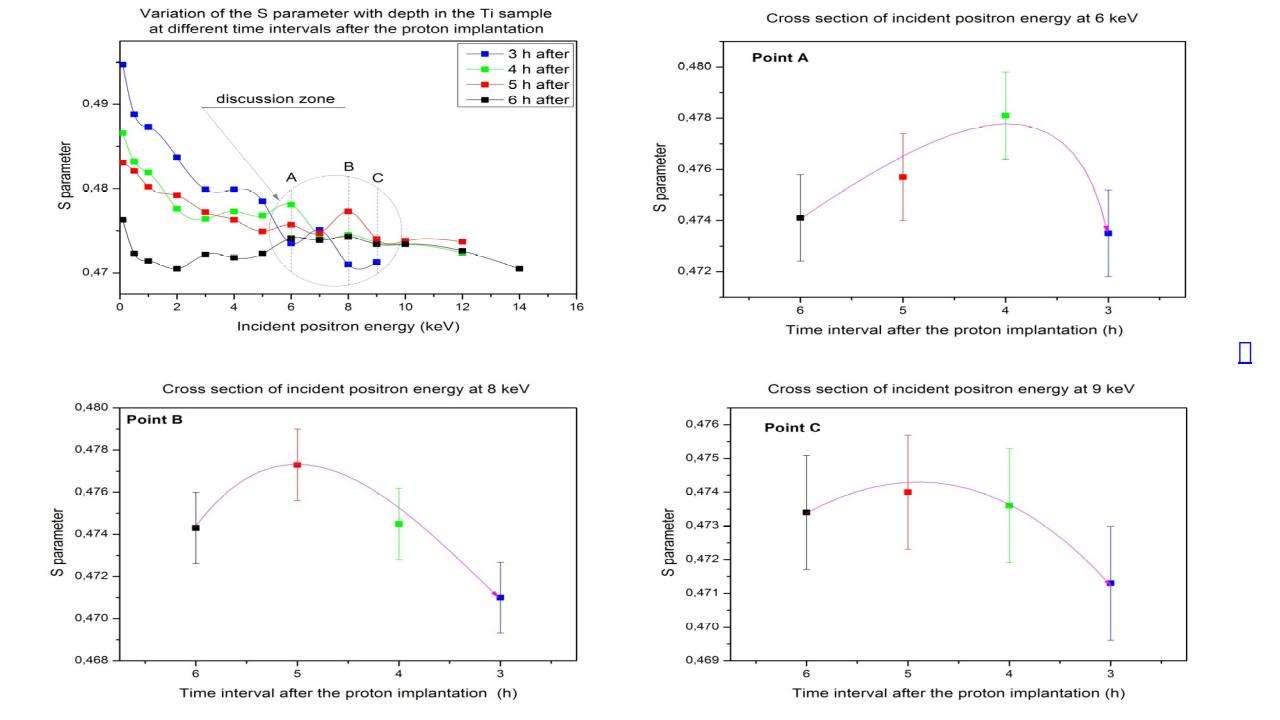By studying the properties of materials under proton irradiation, it was proven that under the influence of intermolecular factors, hydrogen is formed in molecular form in the defects. It is interesting to track its removal through the porous structures and its capture, so that it can be used as fuel in the conditions of long space flights. In the first experiment, theoretical models were examined in which the described effect is present. It is observed that the two parameters characterizing the quality of positron annihilation (S and W) have characteristic saturation extrema. This model experiment was confirmed in real measurements carried out on EG 5 and the positron beam to the positron spectroscopy sector. The next step forward is to determine the optimal materials for extracting molecular hydrogen, as well as to envision methods for extracting molecular hydrogen in space conditions.
Tasks
Determination of optimal materials suitable for the production of molecular hydrogen under cosmic radiation. Methods for the extraction of molecular hydrogen in space conditions.
Preliminary schedule by topics/tasks
1 Introduction to the topic
2 Introduction to the working devices
3 Work on the main 2 tasks
Required skills
quantum physics, hydraulics, solid state chemistry, engineering skills
Acquired skills and experience
Acquiring experience with experimental tasks and practice.
Recommended literature
E. Popov, T. Troev, L. Petrov, K. Berovski, S. Peneva, B. Kolev; Model calculations of positron interaction in materials for ITER; Bulgarian Chemical Communications, Volume 47, Special Issue B (pp. 192–199) 2015



